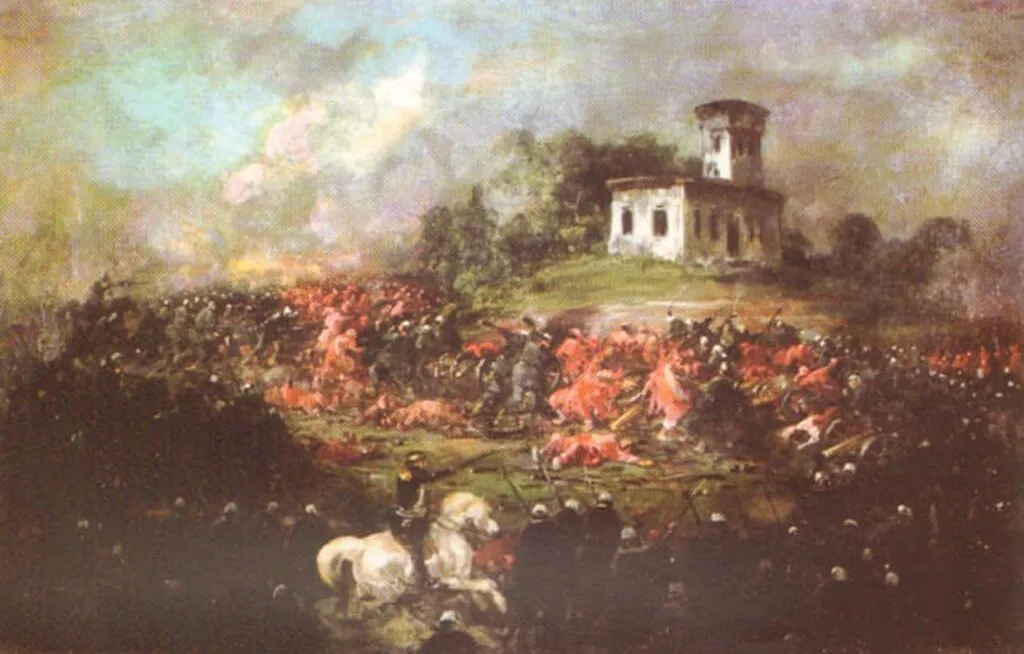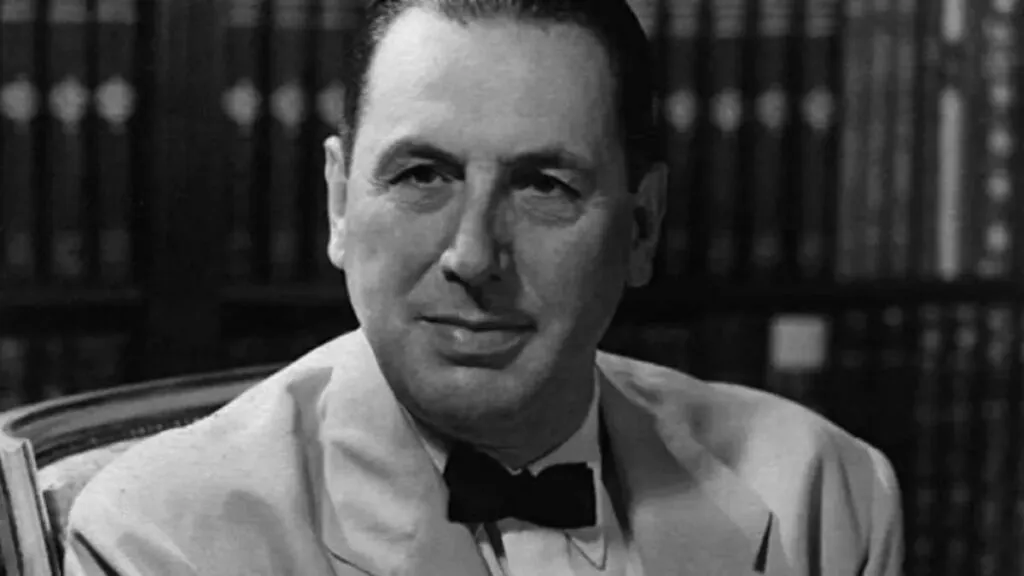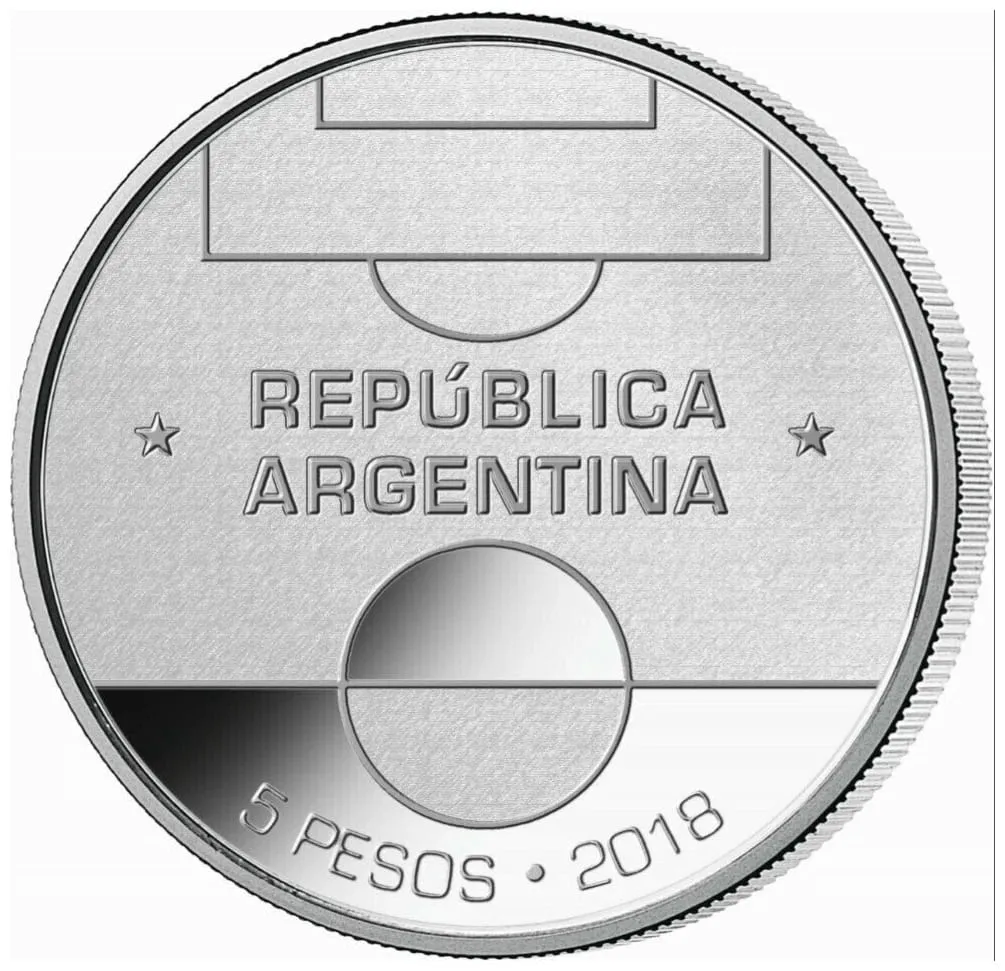The Battle of Pavón in 1861 proved to be a turning point in Argentine history, as Bartolomé Mitre emerged victorious, defeating Urquiza and becoming the first president of a reunified Argentina. Mitre’s presidency set the stage for further developments, with notable leaders like Domingo Faustino Sarmiento and Nicolás Avellaneda taking the reins and collectively laying the foundation for the modern Argentine State.

In the late 19th century, Argentina witnessed a series of federal governments that followed liberal economic policies, spearheaded by figures such as Julio Argentino Roca. These administrations enthusiastically promoted a massive wave of European immigration, which had a profound impact on the country’s society and economy. By 1908, Argentina had transformed into the seventh wealthiest developed nation globally, primarily driven by a burgeoning population and significant economic expansion. The exports of wheat and frozen beef skyrocketed, propelling the country into the ranks of the top five global exporters. Additionally, the implementation of a new public education system led to a remarkable increase in literacy rates among the population. However, despite these achievements, the industrialization goals remained partially unmet, and the manufacturing sector continued to rely heavily on labor-intensive methods during the 1930s.
During the period between 1878 and 1884, the infamous Conquest of the Desert took place, aiming to expand Argentine territory through confrontations with indigenous peoples. Regrettably, the government held a prejudiced view of indigenous communities, denying them the same rights enjoyed by Criollos and Europeans.
In 1912, President Roque Sáenz Peña brought about a significant electoral reform, introducing universal and secret male suffrage. This crucial change allowed Hipólito Yrigoyen to secure victory in the 1916 election. Yrigoyen’s administration was marked by substantial social and economic reforms, particularly in support of small farms and businesses. However, during his second term, Argentina faced economic difficulties amidst the global turmoil of the Great Depression.
The year 1930 witnessed a pivotal event in Argentine history when Yrigoyen was overthrown in a military coup led by José Félix Uriburu. This event marked the beginning of Argentina’s decline, leading to subsequent economic and social struggles.
With the outbreak of World War II, Argentina initially maintained a neutral stance. However, under pressure from the United States, the country eventually declared war on the Axis Powers in 1945. It was during this tumultuous time that Juan Perón, a prominent figure within the Labor Party, rose to power, eventually becoming president after a sweeping victory in the 1946 general election.

Juan Perón’s presidency would leave a lasting impact on Argentina’s political landscape, as he implemented a mixture of populism, nationalism, and social welfare policies known as Peronism. His government prioritized workers’ rights, promoted industrialization, and sought to bridge the gap between the social classes.
While Peronism enjoyed widespread support among the working class, it also faced opposition from some sectors and the military. The subsequent years would witness a complex political landscape, marked by alternating periods of Peronist governments and military rule, leading to moments of political instability and economic fluctuations.




